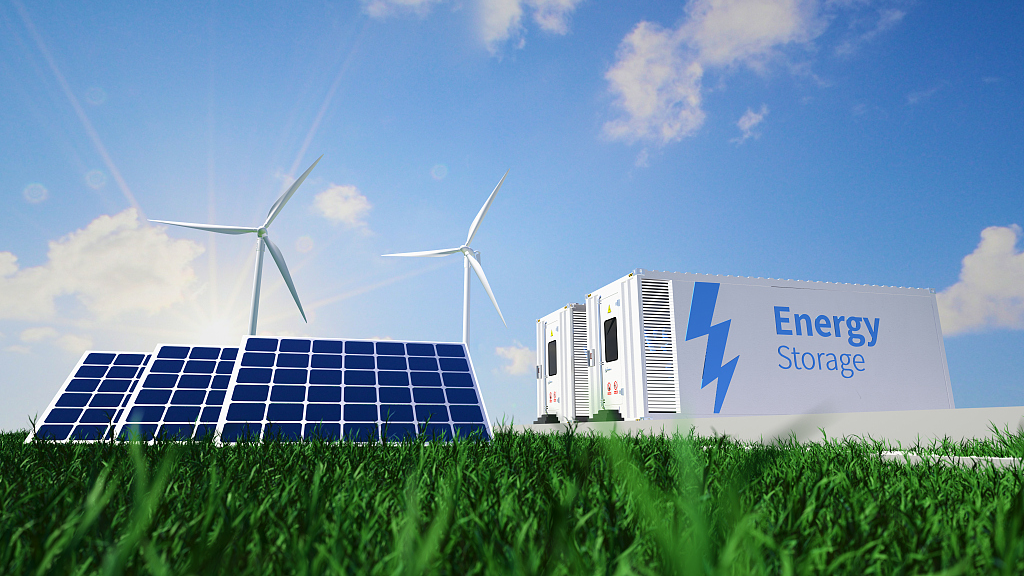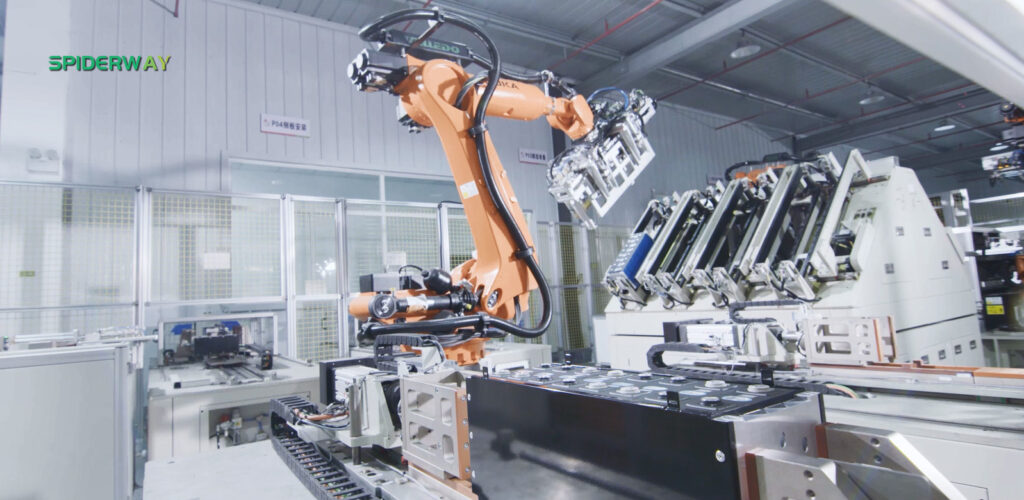
Energy storage systems play a crucial role in the transition to renewable energy and the global push for sustainability. Among various technologies, new energy storage solutions are emerging as game-changers. This article explores the major types of energy storage, their benefits and drawbacks, market demand, and trends, with a special focus on China's new energy storage developments and how SPIDERWAY LFP lithium batteries fit into this evolving landscape.

Types of New Energy Storage Systems
- Lithium-ion Batteries
- Advantages: High energy density, long cycle life, and scalability for multiple applications such as industrial vehicles, renewable energy systems, and electric mobility.
- Disadvantages: High initial cost and resource-intensive manufacturing.
- Applications: From residential solar storage to large-scale grid energy systems, lithium-ion batteries dominate due to their versatility and efficiency.
- Flow Batteries
- Advantages: Scalability, long lifespan, and safety. They use liquid electrolytes, making them ideal for long-duration energy storage.
- Disadvantages: Lower energy density and higher system complexity compared to lithium-ion.
- Applications: Grid-scale energy storage projects and renewable energy integration.
- Compressed Air Energy Storage (CAES)
- Advantages: Large capacity for grid applications and cost-effectiveness for long-term storage.
- Disadvantages: Requires specific geological formations and has relatively low efficiency.
- Applications: Grid stability and balancing intermittent renewable power.
- Thermal Energy Storage
- Advantages: Cost-effective and versatile, especially for industrial and heating applications.
- Disadvantages: Limited to specific use cases and challenges in efficiency over long durations.
- Applications: Concentrated solar power systems and industrial waste heat recovery.
- Hydrogen Storage
- Advantages: Long-term energy storage and potential for use in multiple sectors such as transport and industry.
- Disadvantages: High costs, energy-intensive production, and storage challenges.
- Applications: Renewable energy storage, fuel cell vehicles, and industrial processes.
Current Market Demand and Development Trends
Global Landscape
The global energy storage market is projected to exceed $500 billion by 2030, driven by the growing adoption of renewable energy and decarbonization efforts. Countries like the U.S., Germany, and Japan are leading in large-scale deployment, with significant investments in R&D for energy storage systems.
China's Leadership in Energy Storage
China is a global leader in manufacturing energy storage batteries, particularly lithium iron phosphate (LFP) batteries. With its robust supply chain, advanced technology, and government support, China accounts for over 60% of global lithium-ion battery production.
Key highlights of China's energy storage sector:
- Rapid adoption of industrial vehicles lithium batteries, especially for forklifts and automated guided vehicles (AGVs).
- Massive investment in grid-scale energy storage projects to stabilize renewable energy output.
- China's energy storage battery factories are setting new benchmarks for production efficiency and environmental standards.
Future Trends in New Energy Storage
- Grid Decentralization: The rise of microgrids and distributed energy systems will drive demand for scalable, efficient storage solutions.
- Cost Reduction: Innovations in materials and manufacturing processes are expected to lower the cost of energy storage technologies, especially lithium batteries.
- Integration with AI and IoT: Smart energy management systems will enhance the efficiency and reliability of storage systems.
- Focus on Sustainability: Recycling and second-life applications for lithium batteries will become essential for minimizing environmental impact.
SPIDERWAY: Empowering the Future of Energy Storage
SPIDERWAY is at the forefront of energy innovation with its advanced LFP energy storage lithium batteries. Our products are designed to meet diverse market needs, offering unmatched performance, safety, and sustainability.
Why Choose SPIDERWAY?
- Superior Technology: Our lithium-ion batteries provide high energy density, long cycle life, and excellent thermal stability, making them ideal for a wide range of applications.
- Broad Application Range: From industrial vehicles lithium batteries for forklifts and AGVs to robust storage solutions for residential, commercial, and utility-scale projects, SPIDERWAY delivers reliable power.
- Made in China Excellence: Leveraging China's leadership in energy storage battery factories, SPIDERWAY combines world-class manufacturing with competitive pricing.
- Commitment to Sustainability: We prioritize eco-friendly production processes and support battery recycling initiatives.



Applications of SPIDERWAY Batteries
- Industrial Vehicles: Reliable power solutions for forklifts, AGVs, and other heavy-duty equipment.
- Renewable Energy Storage: Seamless integration with solar and wind systems for residential and commercial use.
- Grid Energy Storage: Scalable solutions to stabilize and enhance grid reliability.
Conclusion
The future of new energy storage is both exciting and critical to a sustainable world. With China's dominance in energy storage battery manufacturing and the innovations by companies like SPIDERWAY, the global transition to clean energy is accelerating. If you’re looking for efficient, reliable, and eco-friendly storage solutions, SPIDERWAY is your trusted partner in powering the future.
https://www.spider-way.com/exploring-new-energy-storage-types-advantages-market-trends-and-chinas-leadership/?_unique_id=67e4a0ca10da0
Comments
Post a Comment